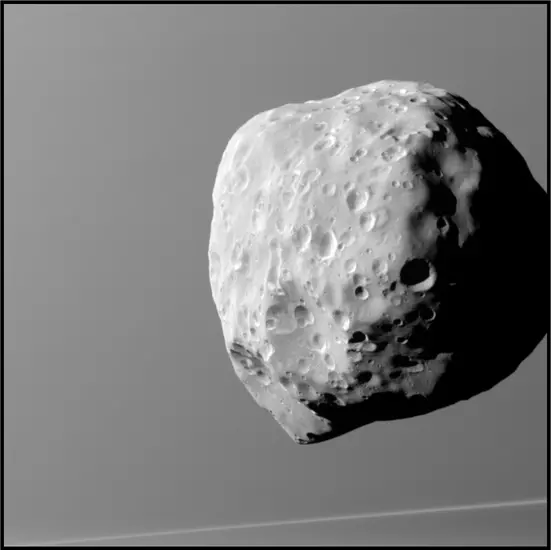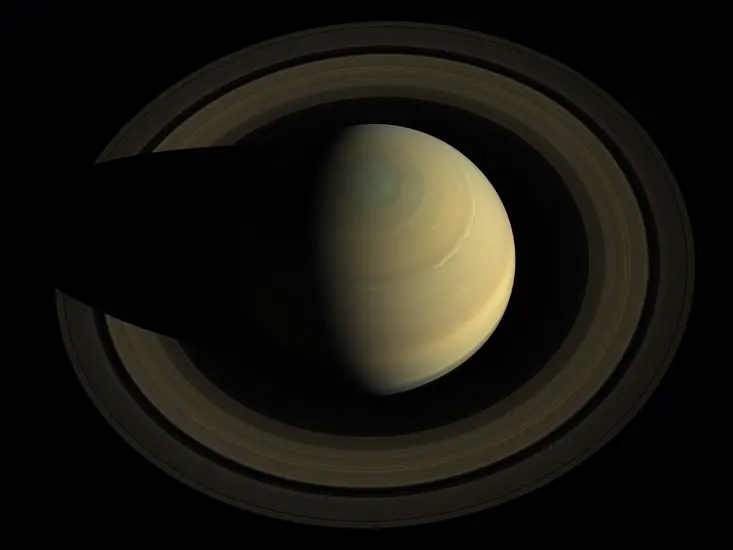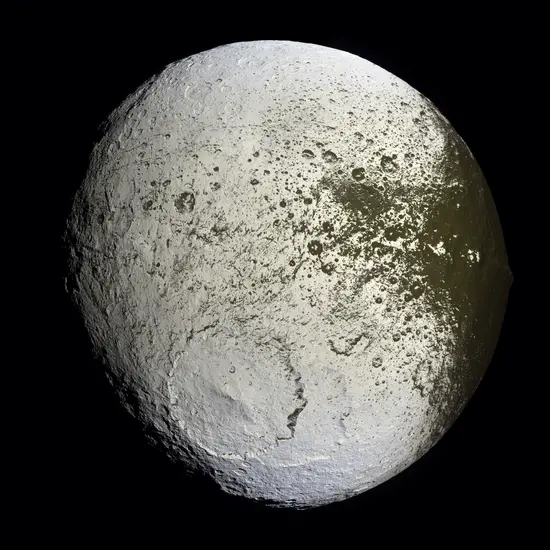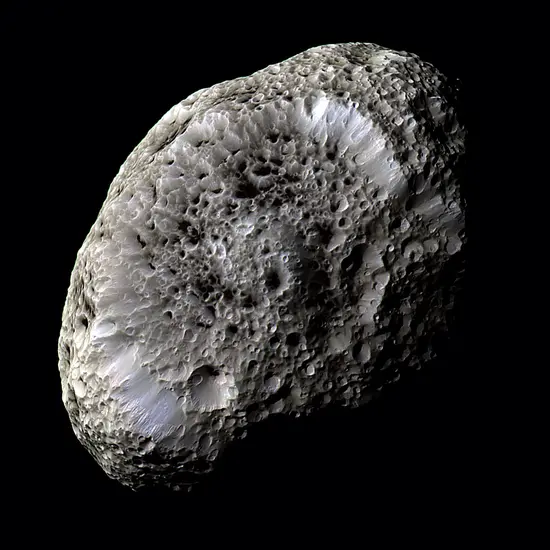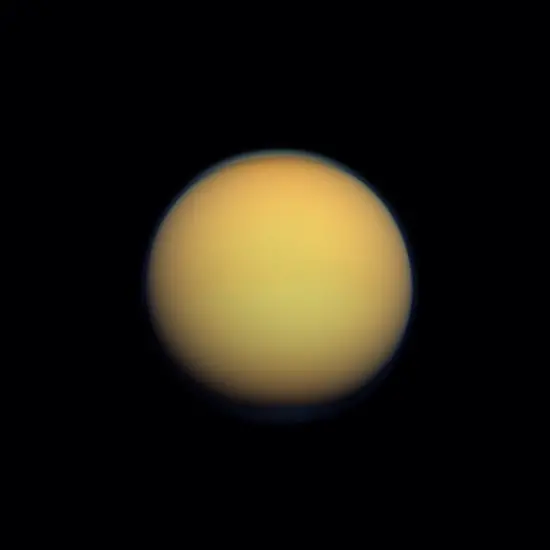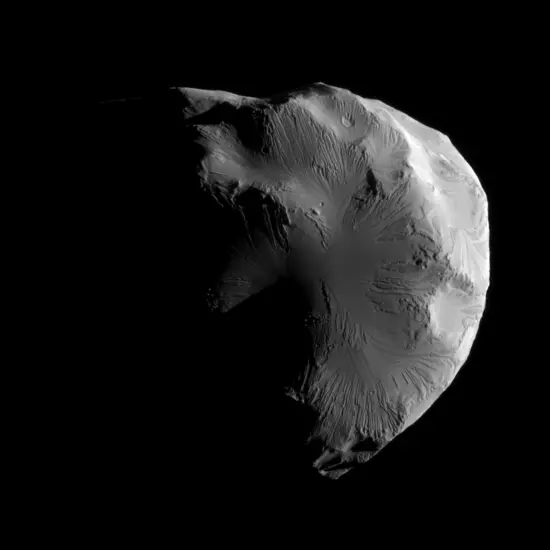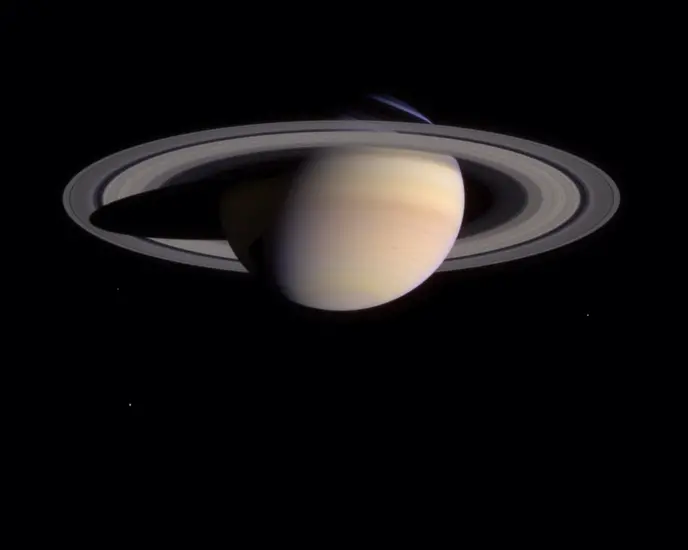
Smithsonian Planetary Image Facility
Image Holdings for Saturn
15
Holdings
Pioneer 10 and 11
- Press Release Photography
Voyager 1 and 2
- Press Release Photography
- Images of Saturn, its Rings and Satellites
- USGS Atlas of Six Saturnian Satellite
- USGS Processed Images of Tethys
Hubble Space Telescope
- Press Release Photography
Cassini
- Press Release Photography
Cartographic Products
Pictorial Maps of Satellites
- 1:25,000,000 - preliminary
*The above items are only for reference use and to review data before purchasing from data providers.
Additional Resources
About Saturn
Spacecraft/Missions
Online Imagery
Please Note: The facility does not sell imagery and cannot provide reproduction services. A guide to Resources for Earth and Planetary Research is available to also help individuals find available imagery online.

